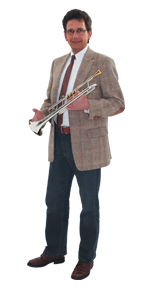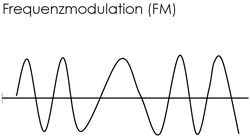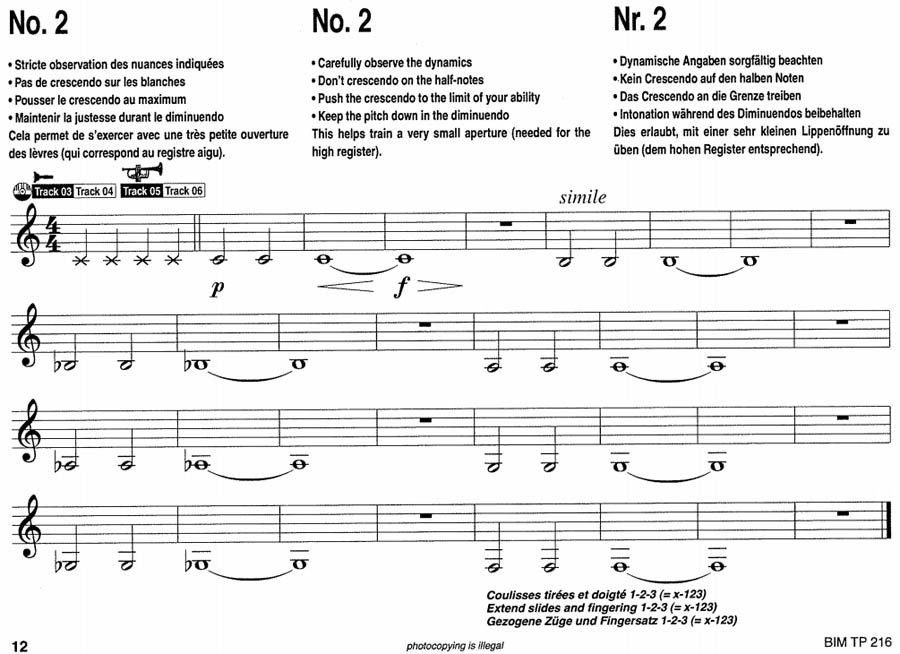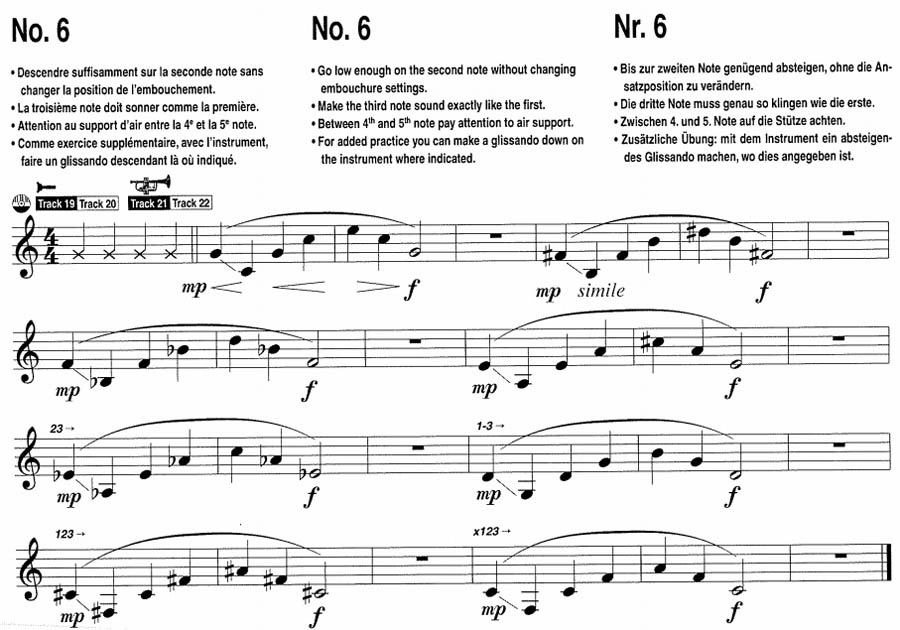Physical considerations regarding brass instruments
In the following, I would like to present the various aspects of playing a brass instrument by linking theoretical and practical considerations. After all, if you know what you are doing, can you control how you do it and address possible issues. On a general level, it is probably safe to say that the art of playing a brass instrument is inherently about producing the right pitch at the right level at the right time.
There is a lot of embouchure involved here: we need to control the vibration of our lips (to reach the Herz frequency/pitch), the intensity (volume) and the delivery of the required notes. Remember the physics class in school? Rather not?
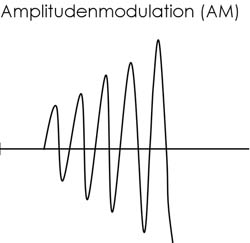
Amplitude modulation
A rising amplitude causes a note’s intensity to increase"”the note becomes louder (amplitude modulation). Now think about your lips. To increase their movement, you need to increase the blowing speed. The lips vibrate more quickly and the pitch rises. But what about a crescendo at a constant pitch? At first, the number of vibrations rises, and so does the pitch. If you then want to change the note’s volume without altering its pitch, only the amplitude (the intensity of my lip movements) must change to vary the amount of air that can pass. The frequency (the speed at which the lips move) needs to remain constant, however, because the pitch must not change. To this end, you need to open the oral cavity and slightly relax your lips to ensure that the air pressure remains stable, while the lips perform wider movements (but still at the same frequency). That is the trick for playing a given note louder and softer.

Synchronization
Synchronization is a controlled joint effort of various elements. Upward pitch changes (i.e. frequency modulation) require a controlled rise of airflow. This can be performed as follows:
1. Narrow the oral cavity (the tongue rounding needs to rise towards the palate),
2. Increase the air pressure by expelling air from your diaphragm, and
3. Narrow the lip aperture.
A good exercise for these elements is playing glissandos just with your mouthpiece. As always, the right mix of the various aspects is of prime importance. Avoid focusing on just one aspect, because that will result in the wrong mix. Keep trying different possibilities until you have found the right mix. What it boils down to is this:
1. Expelling more air (support)
2. Narrowing the mouth cavity with your tongue
3. Narrowing the lip aperture
...combine to produce the desired result. Exercises with large intervals require bigger changes and therefore better illustrate the aspects at play.
About your tone
The quality of your tone becomes most apparent when you play through the mouthpiece (but without the instrument). Each flaw or hesitation becomes painfully obvious. Playing with the instrument directed at a flat surface may also help you spot weaknesses. Please see "Self-diagnosis and monitoring for brass players" in the "About tone quality" chapter.
What are the reasons for those undesirable noises?
If your tone contains too much air, your lips take some time before they start vibrating. This may be due to too much muscle tension or to your posture causing embouchure problems.
Other noises are often due to tension in your upper or lower lip. The latter don’t move at the same frequency, which causes vibration mismatches. Controlled relaxation exercises with the mouthpiece to synchronize the vibration pace of your upper and lower lips will, however, restore your pristine sound.
Whatever you do, always remember that the lower lip needs to take the bulk of the mouthpiece pressure to allow the upper lip to vibrate freely.
A correct jaw position is crucial for concerted upper and lower lip vibrations. At this point, I would like to recommend the "VarioLipTrainer", which helps you work on your embouchure and jaw positioning as well as on the stamina of your so-called perioral muscles (ring-shaped lip muscles anchored to your facial skeleton) and to correct those aspects in a controlled and proven way. You may also want to try the "flexibrass" training mouthpiece, which corrects the lip pressure automatically. Another good exercise is the conscious generation of noises or assuming awkward lip positions to generate errors you want to avoid. This is especially useful for self-diagnosis.
In conclusion
Those who want to make progress need to be willing to experiment to find out what causes a given issue and how it can be solved. Self-diagnosis is an important ingredient for playing a brass instrument. Never give up"”watch yourself, be honest and the rest will follow.
Have fun and enjoy playing music!

